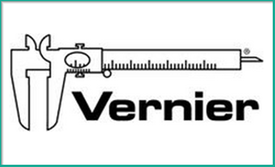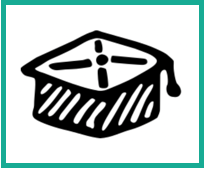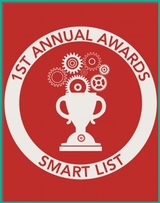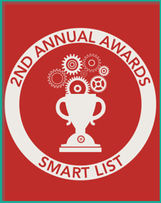for their creative use of sensors to teach engineering concepts

“The use of sensors in engineering provides students with engaging, hands-on ways to work through the engineering design process and become familiar with important engineering and science concepts,” said David Vernier, co-founder of Vernier and a former physics teacher. “This year’s Engineering Contest winners demonstrate truly innovative ways that technology can be used as part of the teaching and learning process. Not only are their projects helping to cultivate students’ ongoing interest in engineering education, because of their ease of implementation they are helping other educators teach engineering in their classrooms.”
The Winning Projects
In “Developing a Biomechanics Course,” Munro created a course that features a six-station lab designed to give students hands-on experience with how different laboratory equipment can be used for biomedical research. In addition, this course provides exposure to testing with human subjects, as well as an introduction to anatomy, physiology, and the terminology used in the medical industry. The students use Vernier sensors to gather data to answer posed questions and create their own open-ended research questions. The data are analyzed using Logger Pro software, which is also used to perform video analysis on the subjects.
In “Rocket Testing,” Garber has his engineering students work together to design and build a system that allows them to calculate the height to which a rocket should fly. Using a Vernier Dual-Range Force Sensor, students measure the impulse of the engine. In addition, students apply STEM concepts to build a triangulation station, create algorithms for measuring the height, investigate electronic tracking and video methods, and design computer programs to estimate the height.
In “Aquabot,” King integrated science and engineering to have her students build a working prototype of a floating robot equipped with a LEGO NXT, two Vernier NXT Sensor Adaptors, and two Vernier Current Probes. Students programmed their robot to move and search for submerged electric fields in order to warn people of potential hidden danger in the water. The idea for this project originated from the students participation in the First Lego League, where this year’s theme was “Nature’s Fury: Prepare, Stay Safe, Rebuild.” The students took on the challenge of creating an innovative solution to a phenomenon called “Electric Shock Drowning,” which was something they learned about after speaking with survivors of massive flooding in Ningbo, China.
Jennifer Love of Northeastern University in Boston, Massachusetts was additionally recognized for her notable entry, “Designing Alternative Energy Vehicles.”
To learn more about the 2014 Engineering Contest winners, and to watch videos of the projects in action, visit http://www.vernier.com/grants/engineering/2014-winners/. To learn more about the 2015 Engineering Contest, visit http://www.vernier.com/grants/labview/.
About Vernier Software & Technology
Vernier Software & Technology has been a leading innovator of scientific data-collection technology for 33 years. Focused on science, technology, engineering, and mathematics (STEM), Vernier is dedicated to developing creative ways to teach and learn using hands-on science. Vernier creates easy-to-use and affordable science interfaces, sensors, and graphing/analysis software. With world-wide distribution to over 130 countries, Vernier products are used by educators and students from elementary school to college. Vernier’s technology-based solutions enhance STEM education, increase learning, build students' critical thinking skills, and support the science and engineering practices detailed in the Next Generation Science Standards (NGSS). Vernier’s business culture is grounded in Earth-friendly policies and practices, and the company provides a family-friendly workplace. For more information, visit www.vernier.com.












